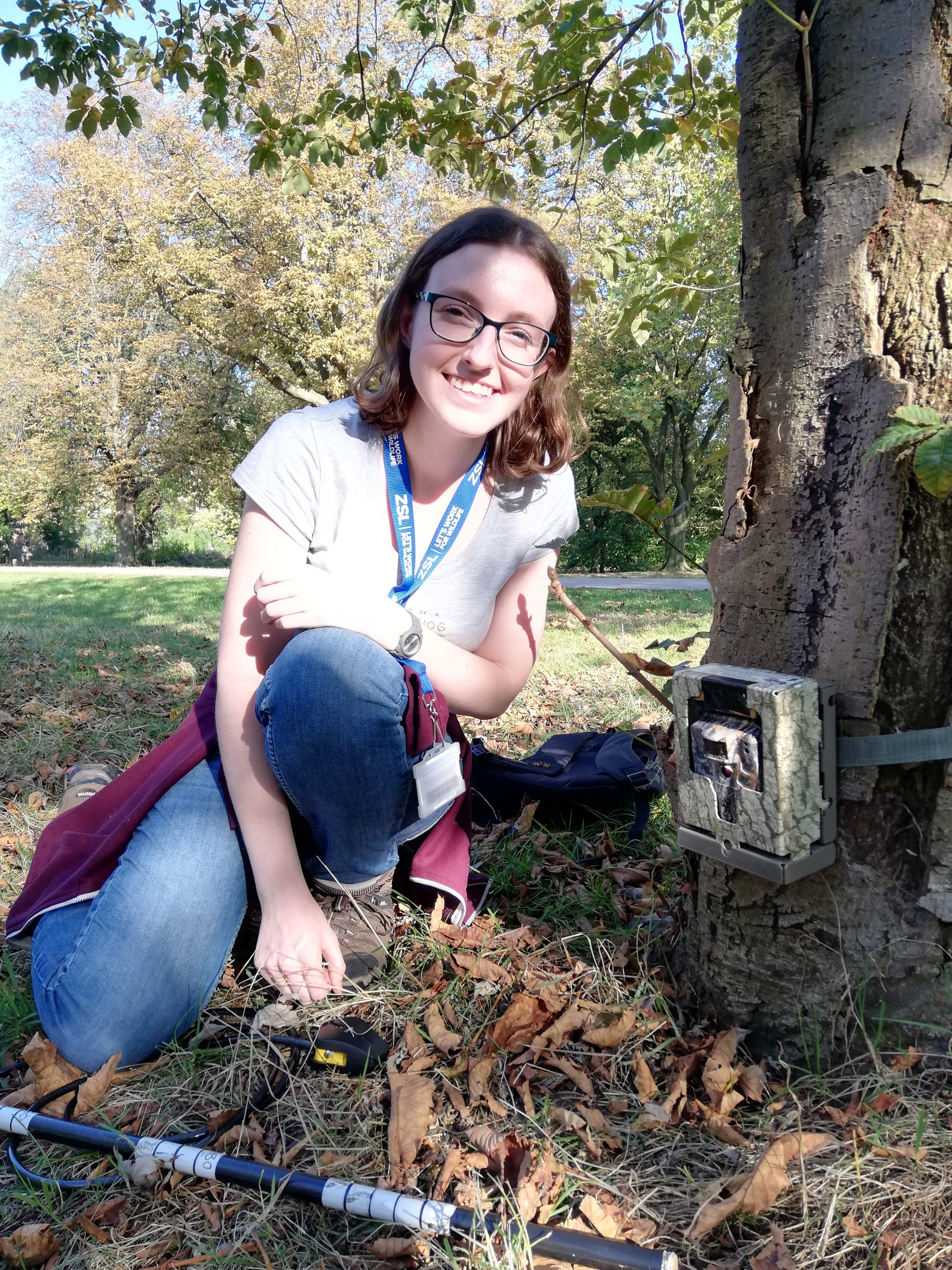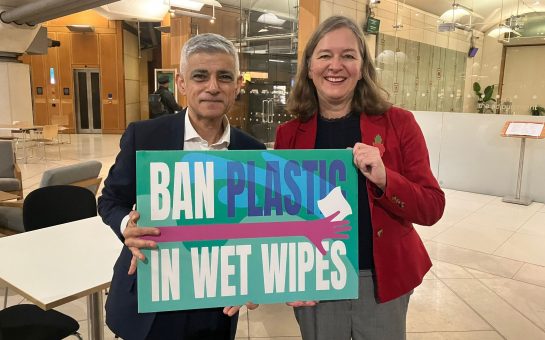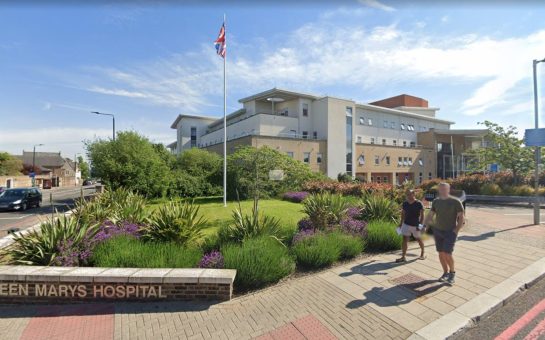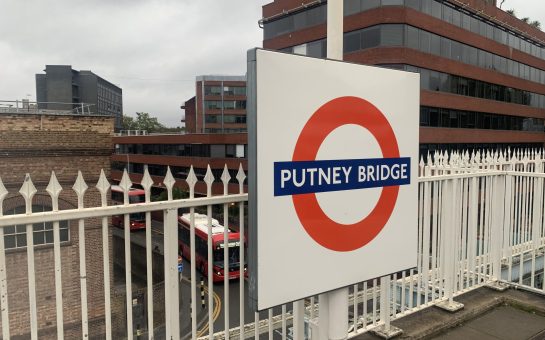By Matt Trinder
February 27 2020, 12.00
Follow @SW_Londoner
“A species like the hedgehog helps us to connect with the public, and people are very generous and willing to donate their time and money because of them.”
Nida Al-Fulaij is grants manager at the People’s Trust for Endangered Species (PTES).
Apart from the occasional government grant, the wildlife charity is dependent on individual donations to support its work.
This includes the funding of interns such as Rachel Cates, who is currently leading research into the capital’s hedgehog population as part of the Zoological Society of London (ZSL)’s HogWatch programme.
The latest research based on camera trap surveys from 2019 suggests there are hotspots of the iconic but endangered mammals in parts of south west London including Barnes and Putney, as well as in Hampstead Heath in north London.

Mrs Al-Fulaij said: “We’re pleased and we want to do everything we can to understand where it is hedgehogs are still surviving and how we can replicate that in other areas so we can return them to a favourable status again.”
Previous surveys conducted by the British Hedgehog Preservation Society (BHPS) and PTES found half of rural hedgehogs have been lost from the countryside, and a third from towns and cities, since 2000.
This is due to a combination of factors including agricultural intensification and pesticide use in rural areas, and lack of connectivity, fenced in gardens and busier roads in urban areas as well as more extreme weather.
People power appears to be turning the tide however.
Miss Cates said: “Hedgehogs are adorable. Lots of volunteers, usually found through ‘friends of’ parks groups, have been involved in setting the camera traps.
“People are interested to see the results. They’re getting on board and willing to make changes to help.”
Dr Chris Carbone, who is overseeing the project at ZSL, agrees.
He said: “The way one gets really interested in nature is by seeing and experiencing it, just hearing about it won’t attract your attention as much.
“People are becoming increasing more urban so urban wildlife is a great way of introducing the public to the natural world and getting them excited about conservation more broadly.”
The Barnes Hedgehogs group is a perfect example of the power of community action, with neighbours co-ordinating their efforts to create a ‘wildlife corridor’ by cutting CD-sized holes in garden fences.
Hedgehogs can travel up to a kilometre each night when foraging.
Mr Carbone said: “I’m really inspired by these neighbourhood groups. If there are others out there it would be fantastic to hear from them and see whether we could set up more surveys.
“Part of our learning about where hedgehogs are comes from neighbourhood groups that know what’s in their area.”
Mr Carbone also aspires to set up a camera trap lending library to help people survey other spaces such as their own private gardens, a key area missing from current surveys, but such plans are dependent on more funding becoming available.
Reintroducing hedgehogs to barren areas is another idea being considered.
“At the moment we wouldn’t want to do that as they’ve died out because the conditions aren’t good enough for them and it wouldn’t be fair to reintroduce them and see them die out again,” Mr Carbone said.
“But if we made improvements to wildlife corridors and habitats then we can try to turn the tide and increase the population.”
The future of the hedgehog is still far from secure, but the fight is on, and people seem ready to rise to the challenge.
Feature image credit: Stephen Olivier




